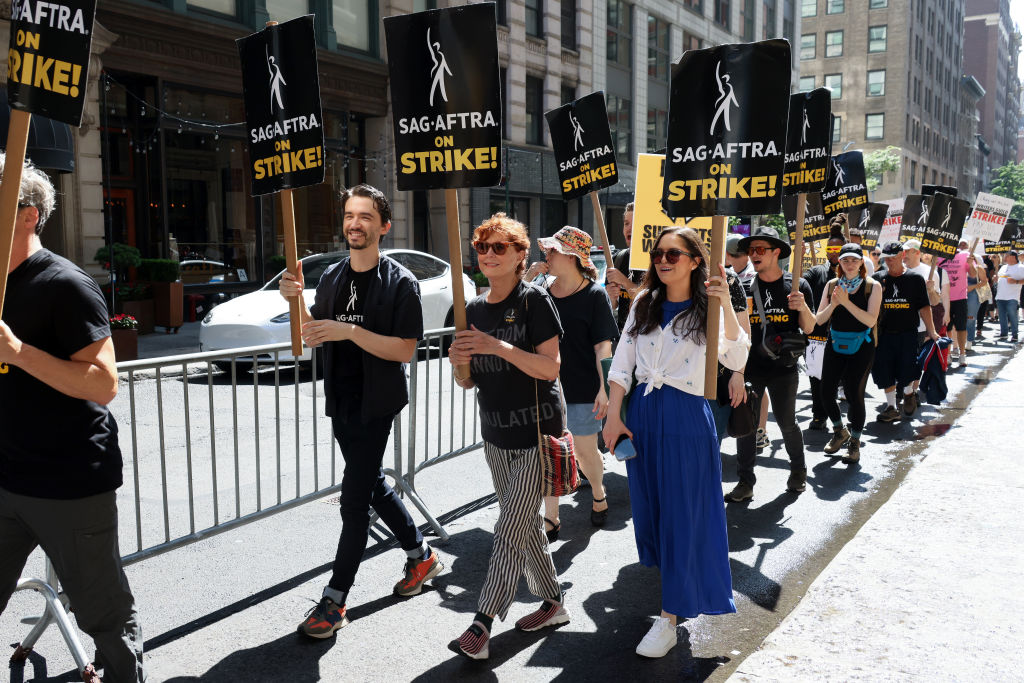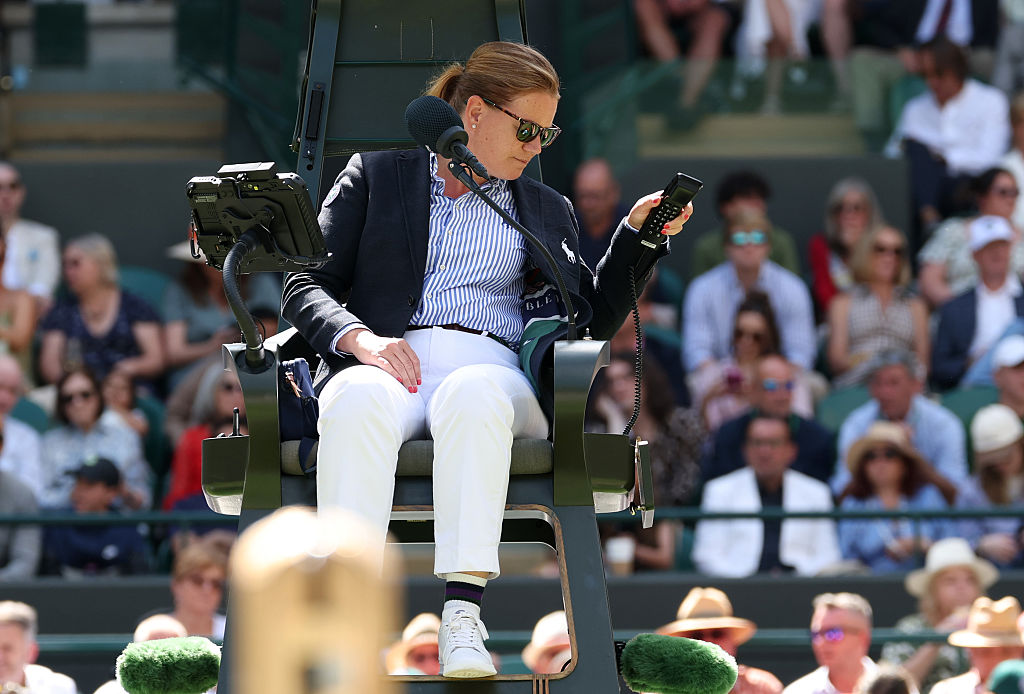It is the best of times and the worst of times in Hollywood, where the phenomenal success of Barbenheimer elevated both movies to soaring box offices even as virtually the entire entertainment industry is on strike. But the success of these two films — one backed by the branding power of nostalgia and the desire to wear the color pink, the other by one of the last mainstream auteur directors with the power to do whatever he wants — also contrasts with the big problem facing the strikers. We know how many people saw these movies. We don’t know how many people see much of anything else.
The great cord-cutting has led us into a world with unprecedented opportunities to make all kinds of content. In a universe with a thousand shows instead of a hundred, you’d think that would create opportunities for vastly more people to get into an industry with enormous appeal and potential to break out. But as Derek Thompson outlines in his indispensable podcast, Plain English, no one is happy in Hollywood these days:
It just seems like everything in Hollywood is collapsing at the same time. Movies aren’t doing well. Pay TV is declining. Streaming is a money pit. The actors are mad. The writers are mad.
You should listen to his conversation with Julia Alexander of Puck to learn about the reasons why they aren’t happy. Yes, we can talk about the threat of AI, and the demands for diversity in the industry, and the resentment creatives have toward a writers room that consists of Taylor Sheridan and nobody else. But a big part of this frustration is a feeling that you’re getting the short end in an industry where tons of money is sloshing around, and ending up in someone else’s pocket.
Comedian Andrew Schulz — known for his capacity to cut through industry BS, and for his choice to market his stand-up specials as a standalone product rather than through a streamer — explained what’s really going on:
The real issue is that actors and writers want fair residual payments from the streamers. In order to define what is fair the streamers will need to share how many people are actually watching their shows. And here lies the problem… My suspicion is that the streamers are refusing to share the viewership numbers NOT because they’re being cheap BUT because no one is watching AND revealing extremely low viewership would kill the stock price.
If most of these streamers are losing money in an effort to gain market share the ONLY justification for their spending is their stock price being high. Once that stock price tanks with the REAL viewership numbers the streamers will have to CUT BACK ON SPENDING. Which means… WAY LESS SHOWS will be greenlit and the budgets for those shows will be severely reduced. Which means… WAY LESS ACTING GIGS AND WRITING GIGS.
So essentially… If the actors and directors strike is successful by making the streamers release their real viewership… The strike will essentially force the streamers to hire less actors and directors. So they’re striking themselves out of work.
Schulz’s explanation reveals the Schrödinger’s Cat problem at the heart of all of this: so long as the box is closed, everything could be a hit. But if you open it and find a bunch of dead cats, a lot of people are going to be out of a job.
That sounds dangerous. But is that knowledge really so bad for us? Wouldn’t it restore, in some sense, the capitalist motivations that led to a phenomenon like Peak TV? Given that we actually have no idea how much new content is being consumed, we have to realize it’s very likely that — similarly to the syndication phenomenon — people are actually using these various apps to rewatch Friends, The Office, Parks and Recreation, Seinfeld and New Girl and a dozen other shows over and over and over again.
If opening the box means learning the truth about what viewers consume and value, and that viewership turns out to be far more invested in the types of shows Hollywood doesn’t like to make — the uncool shows where the hero wears a cowboy hat and the damsel is in distress — maybe that’s knowledge that we actually need as a step toward redirecting an industry far too comfortable spewing out loads of regurgitated crap.
It’s time to free the cat.

























